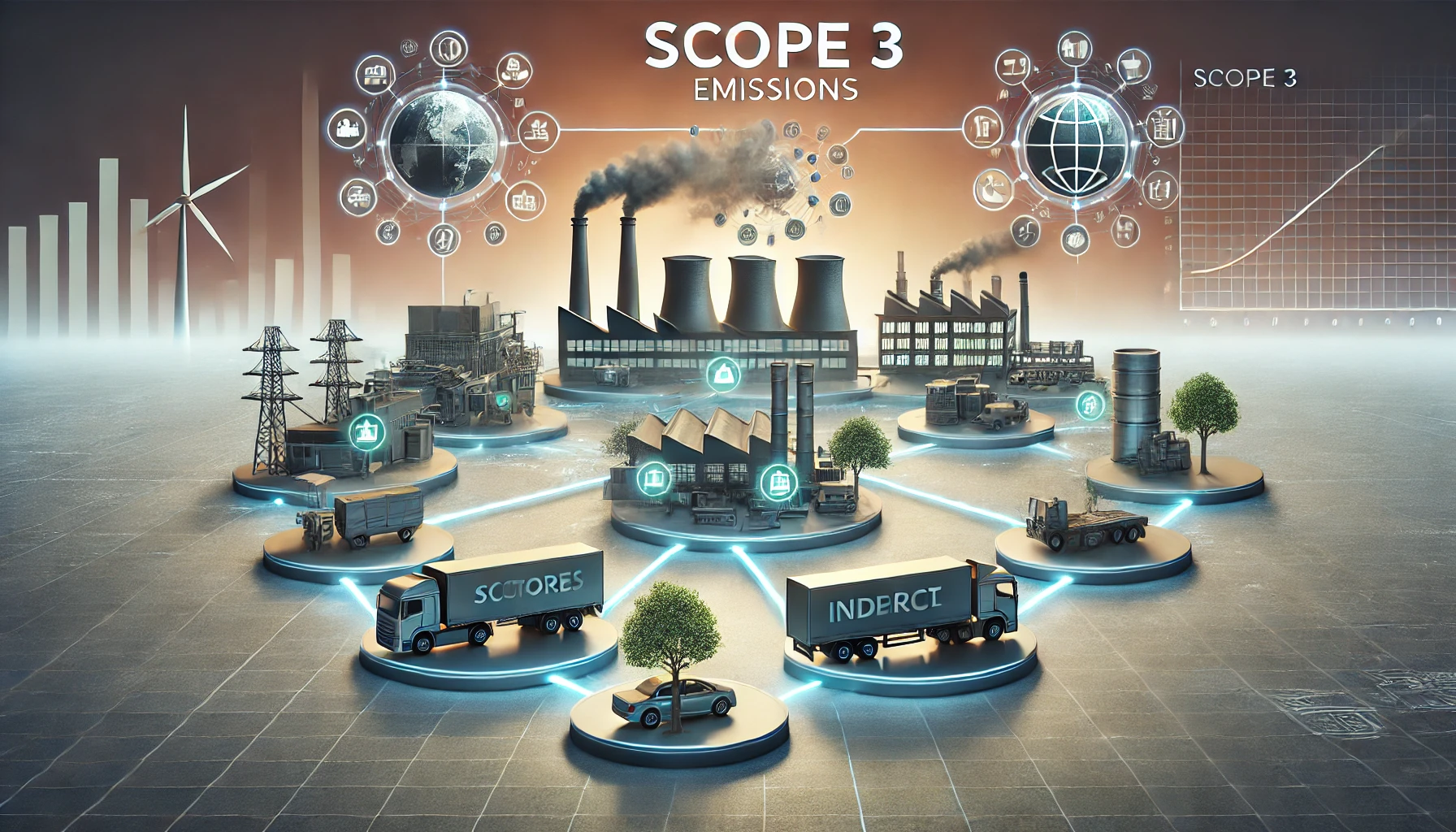The tokenized real-world assets (RWA) market has experienced remarkable growth, surging over 60% to reach $13.5 billion as of December 2024. This milestone underscores a profound shift in how institutions and investors are approaching asset management in the digital age. By transforming physical and traditional financial assets into blockchain-based tokens, market participants are unlocking liquidity, transparency, and new investment opportunities at an unprecedented scale.
What Are Tokenized Real-World Assets?
Tokenized RWAs represent traditional assets—such as real estate, commodities, bonds, and private credit—issued and traded as digital tokens on a blockchain. This process allows these assets to be fractionally owned, transferred more efficiently, and integrated into decentralized financial (DeFi) ecosystems. In essence, tokenization bridges the gap between the conventional financial world and the emerging blockchain-based economy.
Institutional Interest Is Accelerating
One of the key drivers behind this surge is the increasing involvement of institutional investors. Banks, asset managers, and fintech firms are no longer treating tokenization as an experimental concept; they are actively launching products and infrastructure to support it. Platforms like Elliptic and other blockchain analytics firms have noted a significant uptick in institutional flows into tokenized products, citing improved regulatory clarity and growing investor demand.
Why $13.5 Billion Matters
Crossing the $13.5 billion threshold signals more than just market enthusiasm. It marks a tipping point where tokenization is beginning to scale beyond niche use cases. For example:
-
Liquidity Creation: Tokenization allows illiquid assets, such as commercial real estate or private credit, to be easily fractionalized and traded.
-
Lower Costs and Faster Settlement: By leveraging blockchain technology, transactions are completed with less friction and fewer intermediaries.
-
New Investment Opportunities: Retail and institutional investors alike can now access asset classes previously out of reach, all within a regulated, auditable framework.
The Road Ahead: From Billions to Trillions
Industry experts forecast that the tokenized RWA market could grow into the trillions within the next five to seven years. As central banks experiment with digital currencies and regulators develop clearer guidelines, the infrastructure for large-scale tokenization is solidifying. In particular, collateralized lending, on-chain treasury management, and tokenized debt instruments are poised to expand rapidly.
Challenges Still Remain
Despite its promise, the RWA sector faces hurdles. Standardization of asset classes, interoperability between blockchains, and regulatory compliance all require coordinated solutions. However, the current trajectory suggests these challenges are being actively addressed by both the private and public sectors.
The rise of tokenized real-world assets to $13.5 billion is more than a headline—it’s a sign of the maturing blockchain ecosystem and a preview of how the financial landscape may look in the near future. As more institutions embrace tokenization, the benefits of increased liquidity, accessibility, and transparency could transform global finance from the ground up.




